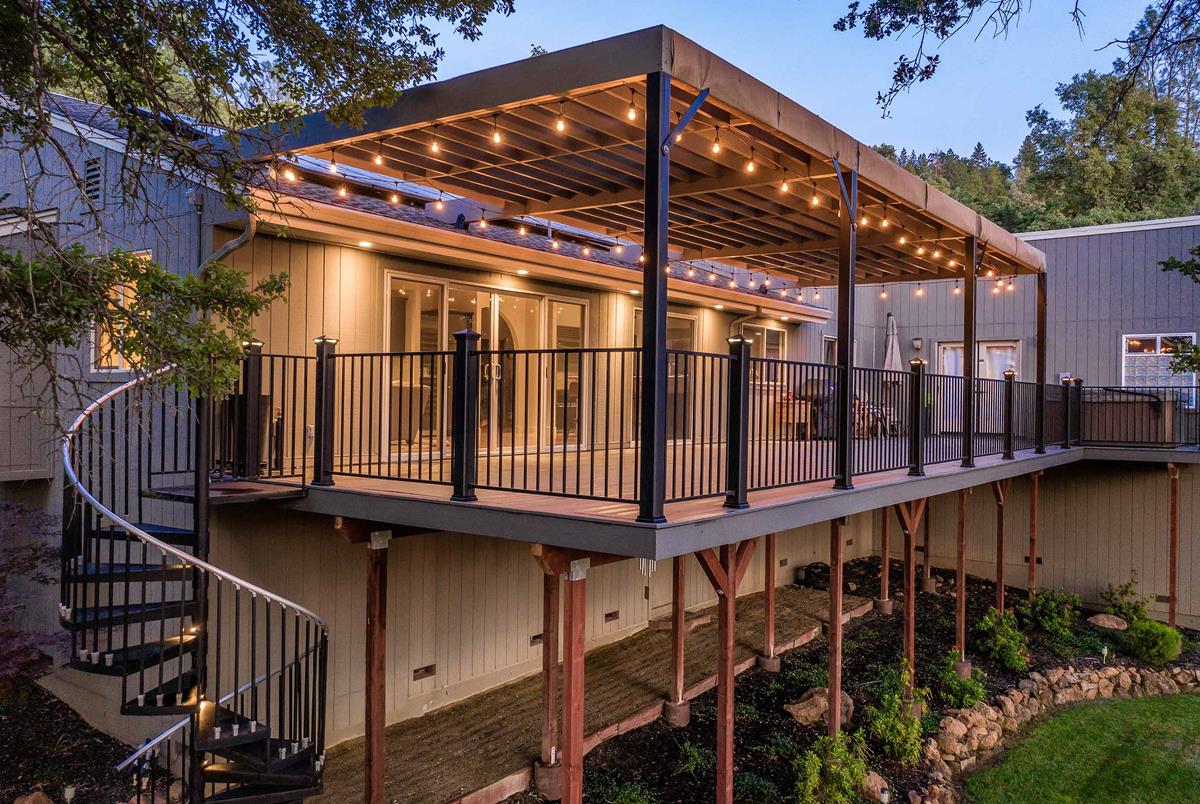Building a deck is an exciting project that can transform your outdoor space. However, before you start hammering nails or laying down decking boards, it’s essential to navigate the legalities and ensure that you comply with local regulations and permit requirements. At Utah Deck Supply, we understand the importance of adhering to building codes and regulations to create a safe and compliant deck. In this guide, we’ll explore the key aspects of deck permits and regulations to help you embark on your deck-building journey with confidence.
Building a deck that complies with local regulations is crucial for safety and legal compliance. Let’s explore the steps involved in navigating the legal aspects of your deck project.
1. Understanding Local Regulations
- Zoning Laws: Familiarize yourself with zoning laws that dictate land use and property setbacks.
- Homeowners’ Association (HOA) Rules: Check if your HOA has specific guidelines for decks.
- Building Codes: Research your municipality’s building codes for deck construction.
2. Do You Need a Deck Permit?
- Size Matters: Deck permit requirements often depend on the deck’s size and height.
- Attached vs. Detached: Attached decks are more likely to require permits than detached ones.
- Local Variations: Regulations vary by location, so check with your local building department.
3. The Permit Application Process
- Documentation: Prepare detailed plans, including deck dimensions, materials, and structural details.
- Application Submission: Submit your permit application to the local building department.
- Review and Approval: Wait for the application to be reviewed and approved.
4. Building Codes and Inspections
- Deck Design: Ensure your deck design adheres to local building codes.
- Safety Standards: Comply with codes related to railing height, stairs, and load-bearing capacity.
- Inspections: Schedule and pass required inspections during the construction process.
5. Common Deck Permit Requirements
- Site Plan: Provide a site plan showing the deck’s location on your property.
- Structural Plans: Include detailed construction plans, including footings and framing.
- Engineering Approval: Some jurisdictions may require engineering approval for larger decks.
- Fees: Pay permit application fees, which vary depending on the project’s size and location.
6. FAQs About Deck Permits and Regulations
Q1: What’s the purpose of a deck permit?
A1: Deck permits ensure that your deck complies with safety codes, zoning regulations, and local building standards.
Q2: How long does it typically take to get a deck permit?
A2: Permit processing times vary by location, but it can take a few weeks to a couple of months.
Q3: Can I build my deck without a permit if it’s small?
A3: Check with your local building department, but even small decks may require permits due to safety concerns.
Q4: What happens if I build a deck without a permit?
A4: Building without a permit can result in fines, legal issues, and the requirement to tear down or modify the deck.
Q5: Are there any exceptions to deck permit requirements?
A5: Some jurisdictions exempt very small decks, often less than 30 inches in height, from permit requirements. However, local regulations vary.
Conclusion
Navigating deck permits and regulations is a crucial step in ensuring your deck is safe, structurally sound, and compliant with local laws. Taking the time to understand and follow the legal requirements will allow you to enjoy your deck with peace of mind.
If you have any questions or need assistance with the deck permit process, please contact us at 385-993-5492 or visit our website at UtahDeckSupply.com. We’re here to help you build a deck that meets all regulatory standards and enhances your outdoor living space.




